It is possible to earn your pilgrim certificate from just walking the last 100km of any Camino trail, however, walking a full Camino route will allow you to fully embrace the Camino experience. Full Camino routes give you room to detach your mind from daily stresses and really settle into the mindset of a pilgrim or long distance traveler.
Many people consider the full French Way from St Jean Pied de Port to Santiago “the real Camino”. But, there are many full routes to choose from and each Camino is a personal journey.
Take a step out of your every-day life and clear your head. This is your time to explore and discover. The full Camino routes can be challenging, but they are absolutely worth it.
We will support you every step of the way, with accommodation, walking notes, Camino maps, and 24/7 emergency support.



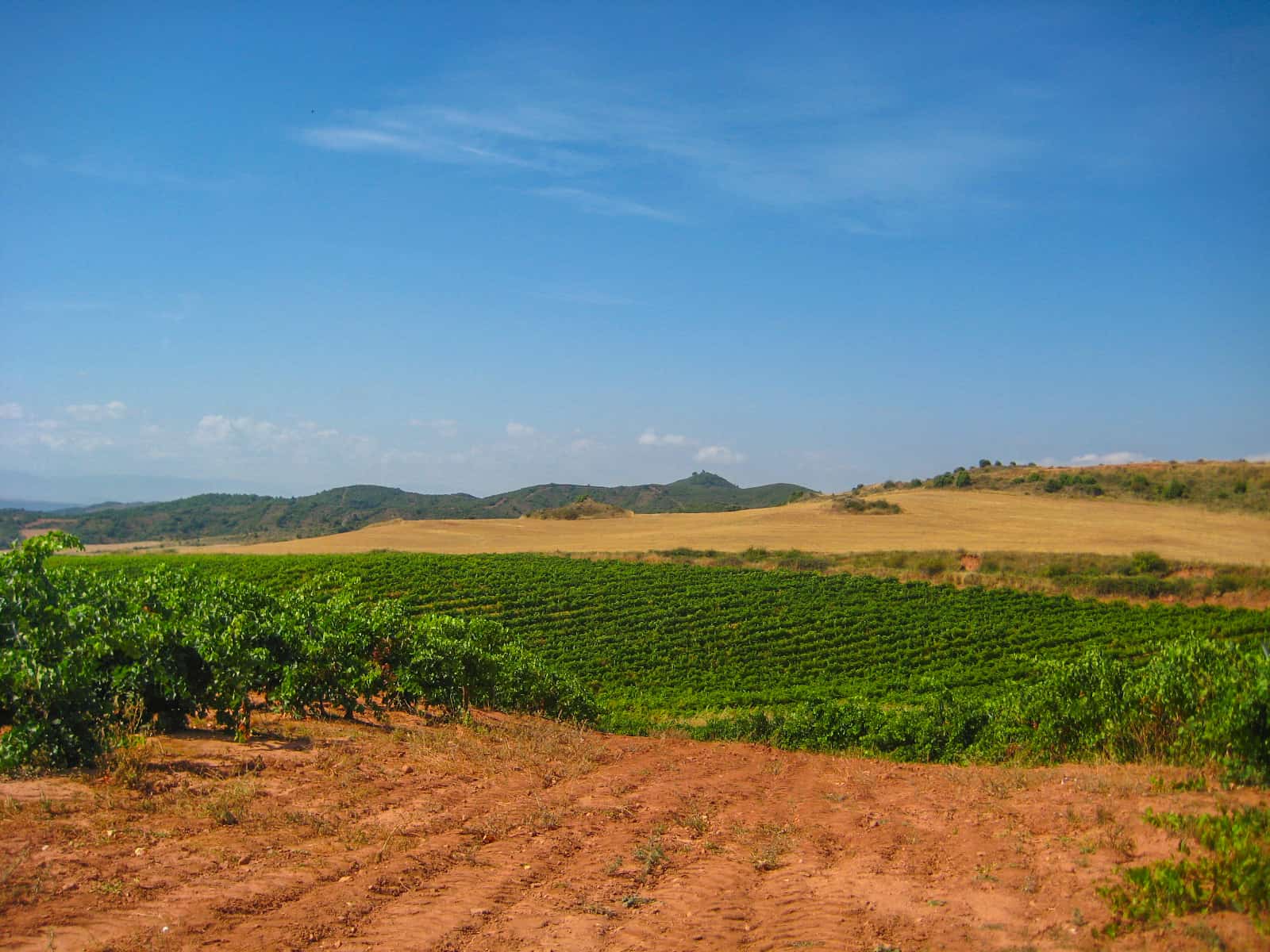
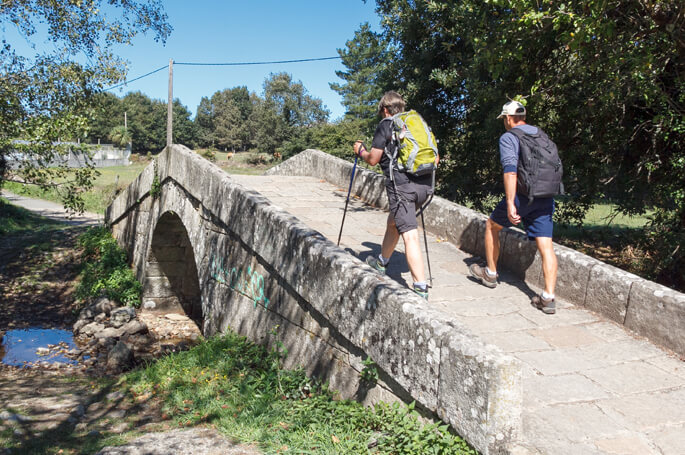
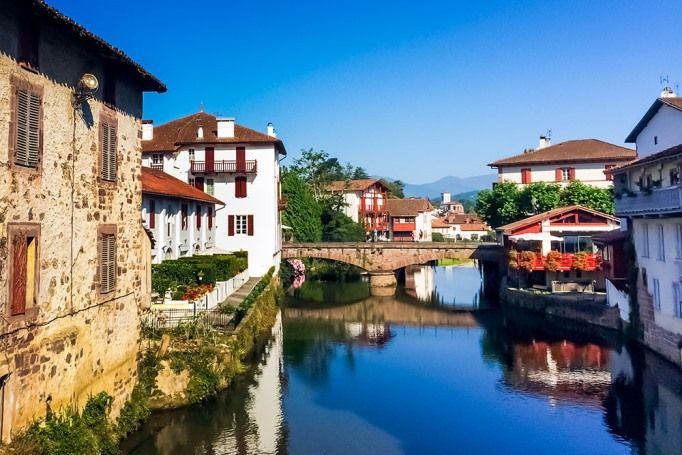







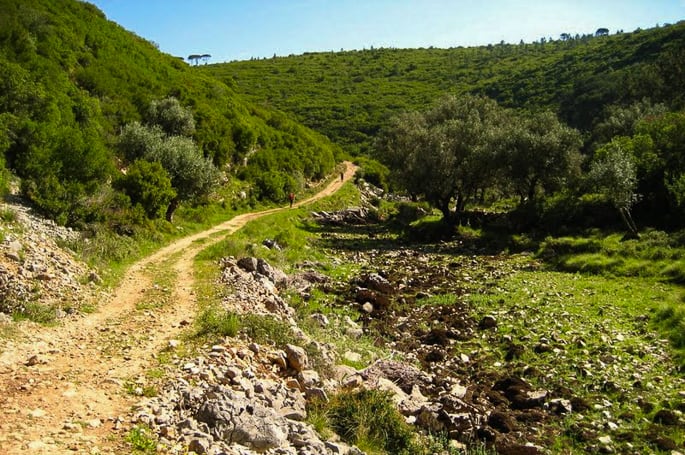

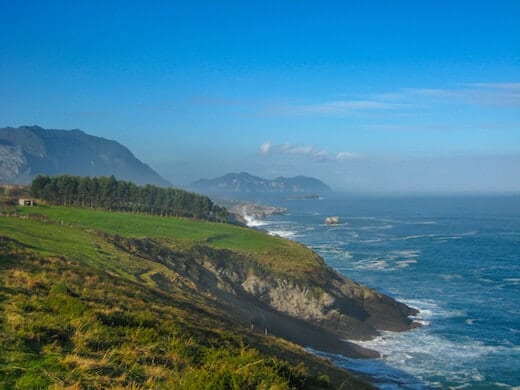

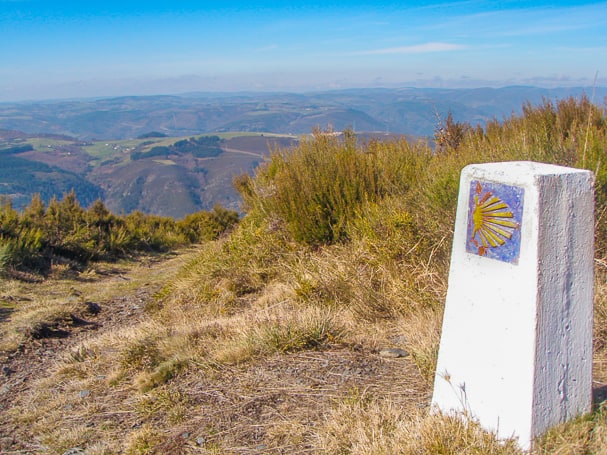

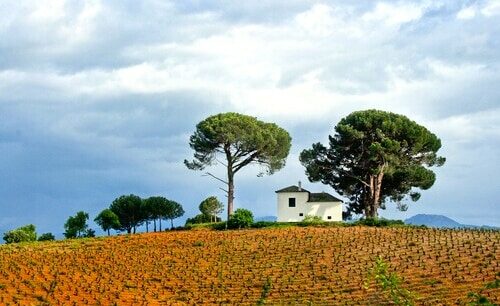
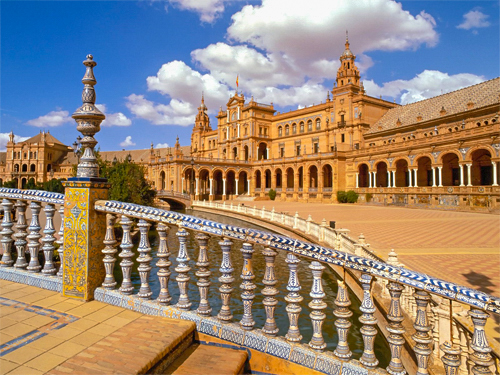

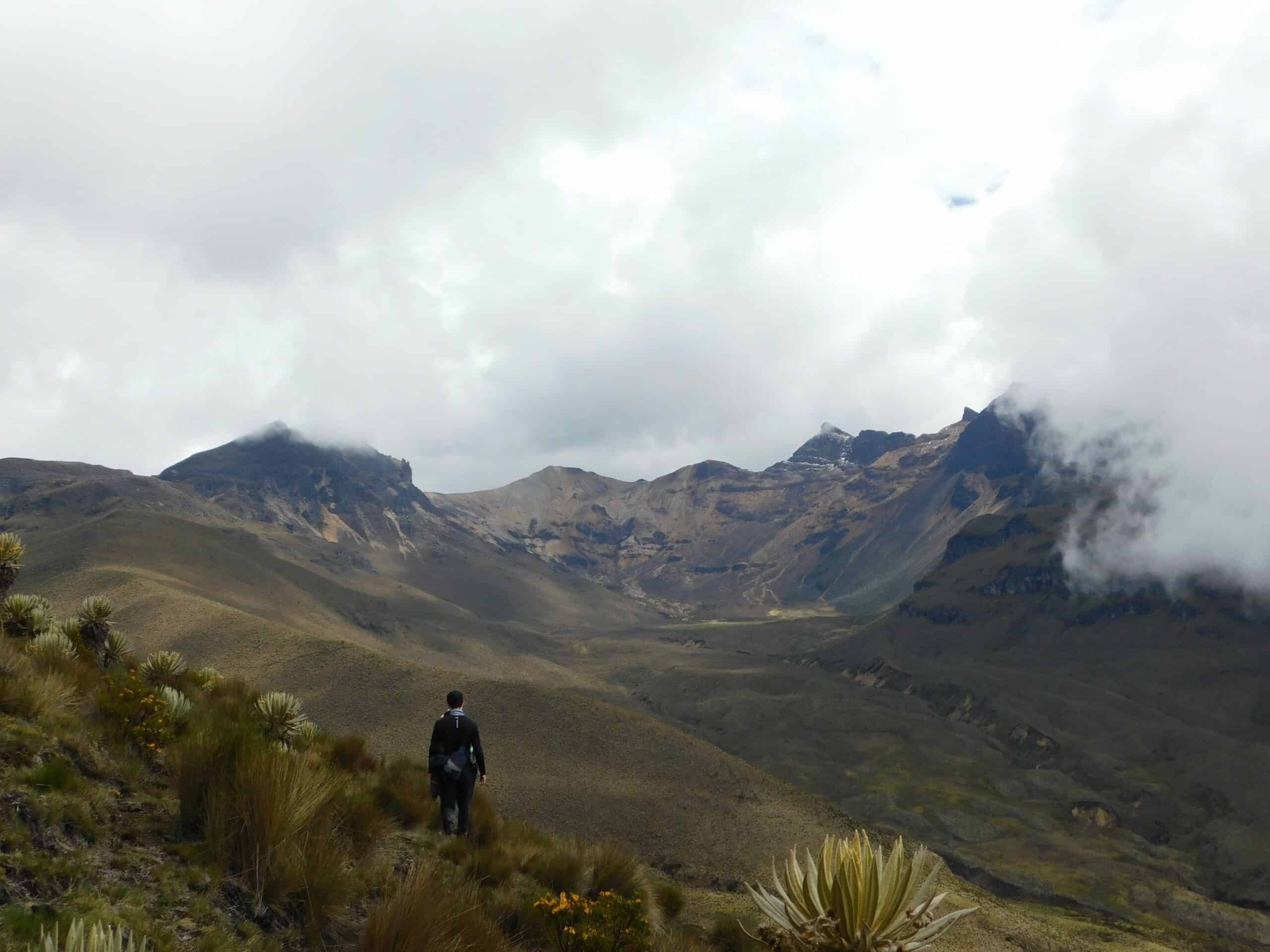



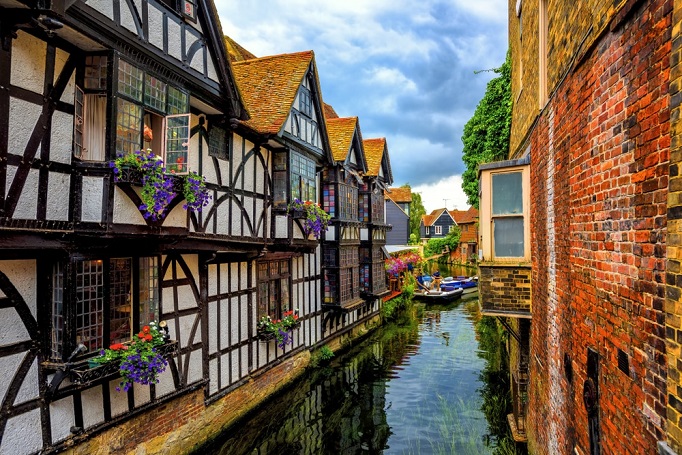
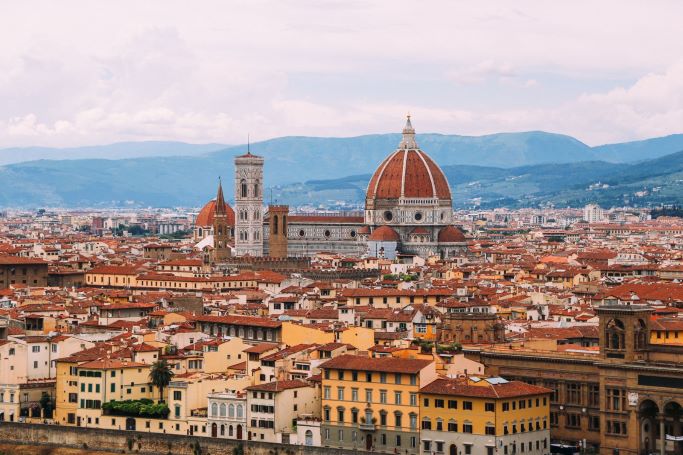

Share on: